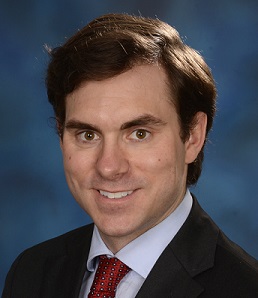By Ryan Moran, MD, Preventive Medicine Resident, University of California, San Diego
 Although health care workers promote vaccinations to their patients, their own immunization rates lag behind the Healthy People 2020 target of 90%. This is a great concern, given that health care workers care for some of the most vulnerable populations in our society.
Although health care workers promote vaccinations to their patients, their own immunization rates lag behind the Healthy People 2020 target of 90%. This is a great concern, given that health care workers care for some of the most vulnerable populations in our society.
To expand immunization rates among health care workers, some health care facilities have turned to novel or innovative methods. For example, some have changed their immunization policies from “opt-in” to “opt-out”, and/or requiring masks for those who decline vaccination. Other more complex behavioral approaches have also been attempted. Although these methods have made some progress in increasing immunization rates, by far the most successful technique has been vaccination mandates for health care workers.
Mandates for immunization coverage began as early as 2004 and have met with success, with many facilities achieving well over 95% annual influenza vaccine coverage. Additionally, numerous authorities, notably the U.S. Centers for Disease Control and Prevention and the World Health Organization, advocate for universal healthcare worker vaccination. Those who oppose vaccination often cite their right to refuse medical treatment, personal choice, and beliefs. However, health care workers who choose not to vaccinate may be exposing our patients to harm.
Vaccines protect our patients. Before and after symptoms are obvious, health care workers can transmit infection—particularly influenza—to many unsuspecting patients. This means that someone visiting their unvaccinated provider may be may be worse off than if they decided to not seek medical attention. Data support that while influenza vaccination cannot prevent this from happening, it can drastically reduce exposure—the key premise of prevention.
This year, many Americans will die from preventable communicable infections. Two in particular—influenza and pneumococcal pneumonia—have widely available vaccines which can largely mitigate individual and population risk. As health care workers, we must increase wider use of vaccinations through a variety of strategies, for ourselves and also for our patients.
As an example of a strategy that has improved vaccination rates among patients, California recently passed two bodies of legislation to increase vaccinations among school age children: AB 2109, which became active in 2014, and SB277, which became active this year. These aim to increase access to vaccines for all school-aged children. Before AB 2109, parents could invoke the personal-belief exemption, and ‘opt out’ of having their child vaccinated. These bodies of legislation now only permit medical exemptions for required vaccines with appropriate documentation. Since AB 2109 became active, vaccine rates have been increasing in school aged children.
August marks National Immunization Awareness Month. However, vaccine-preventable diseases deserve a proactive approach and year-round attention. Ask yourself, if you are a health care provider, whether you are up to date on your vaccinations. If not, help prevent the spread of vaccine-preventable diseases by stepping up and getting vaccinated. By so doing, you will be a role model for your patients.